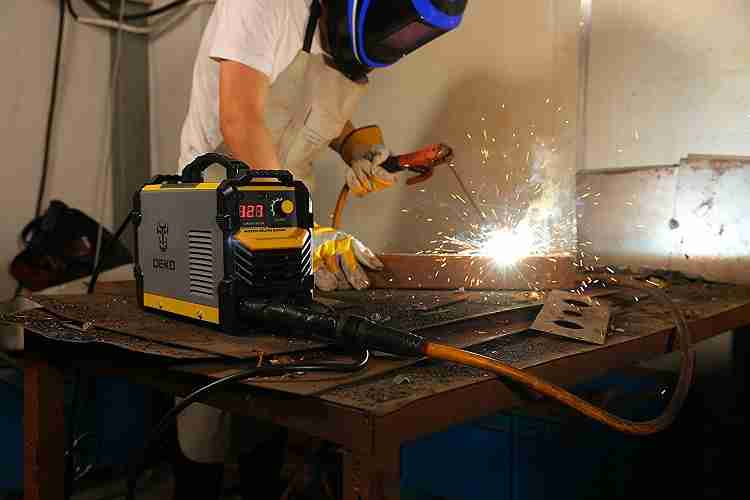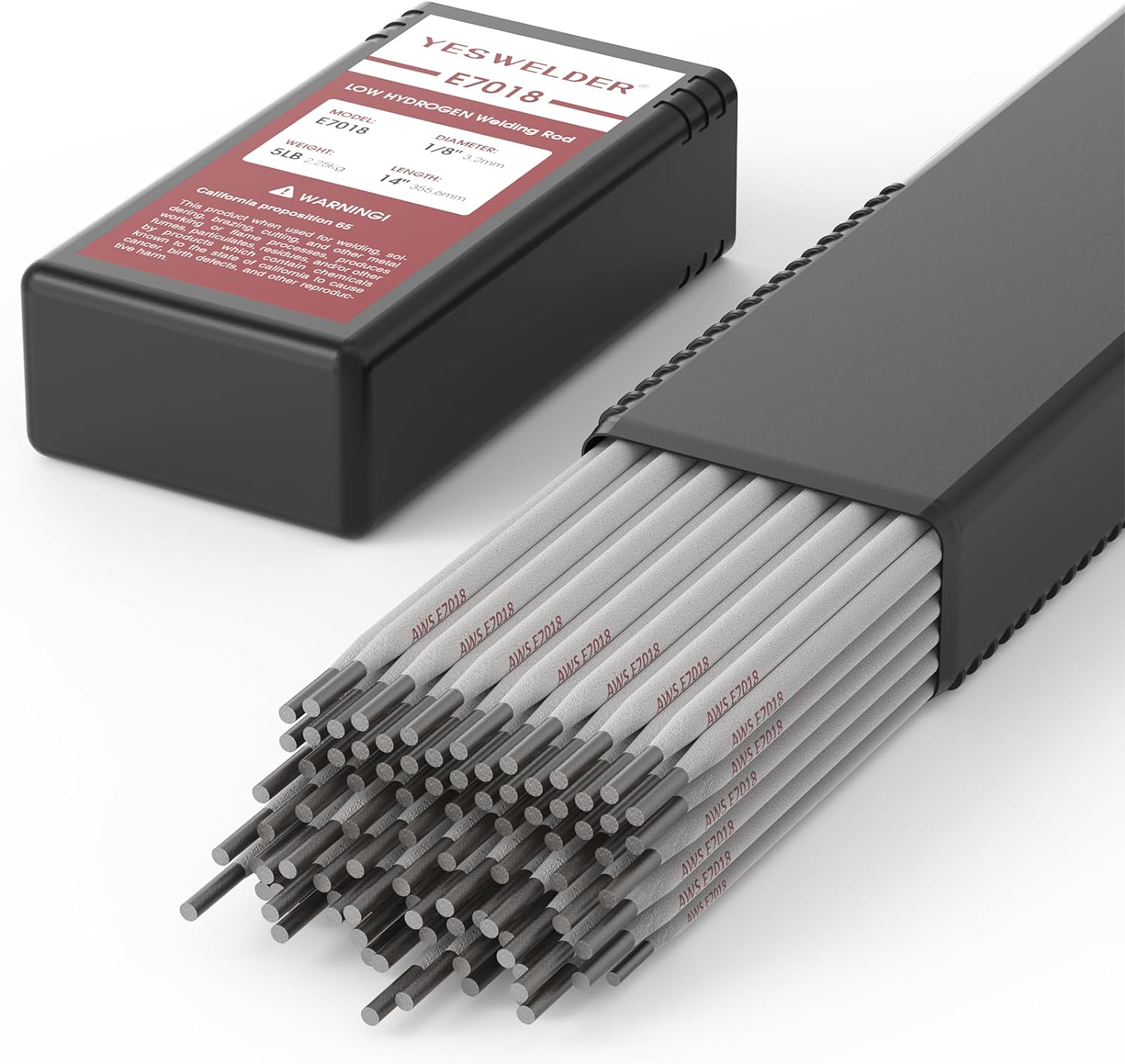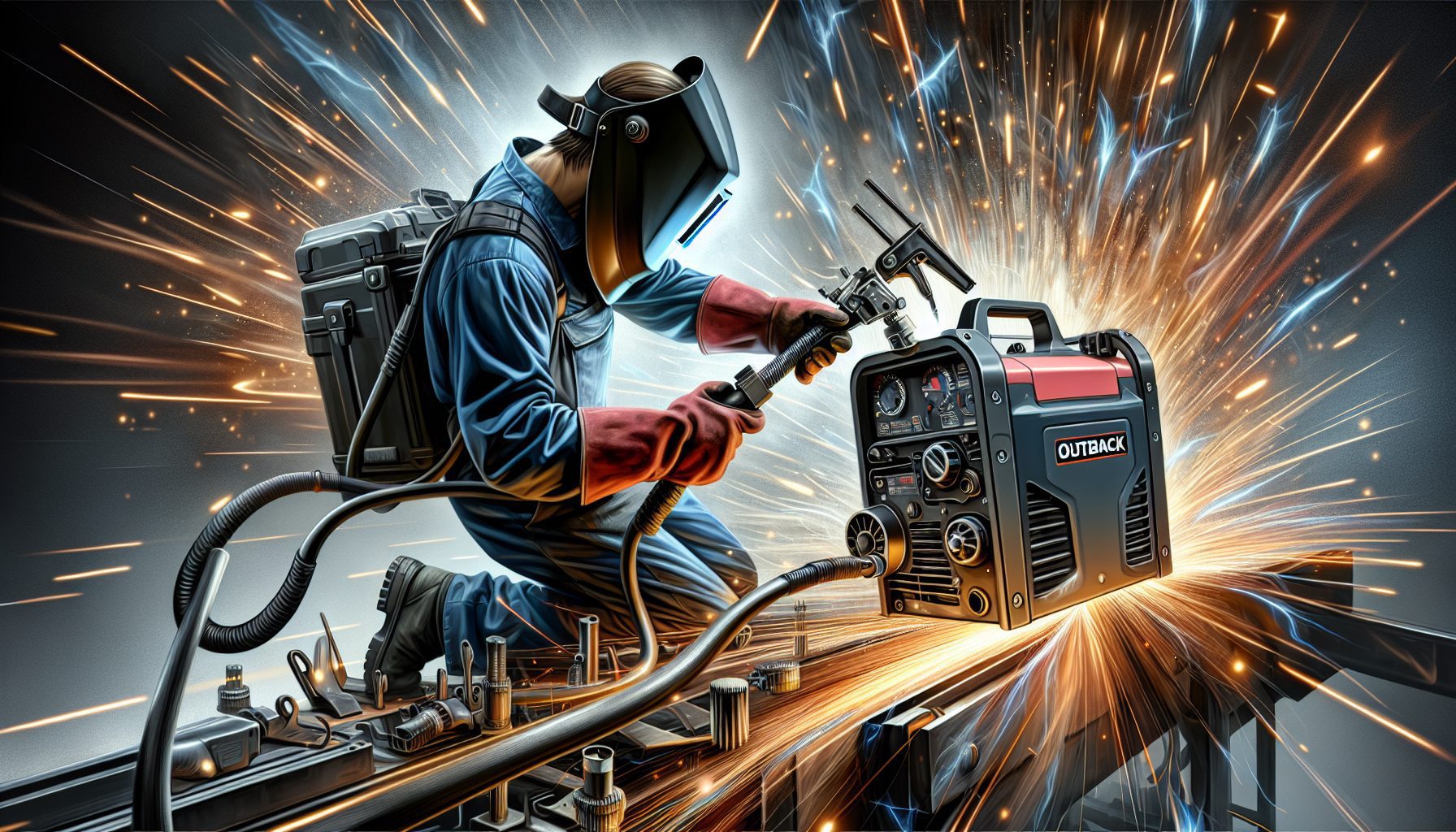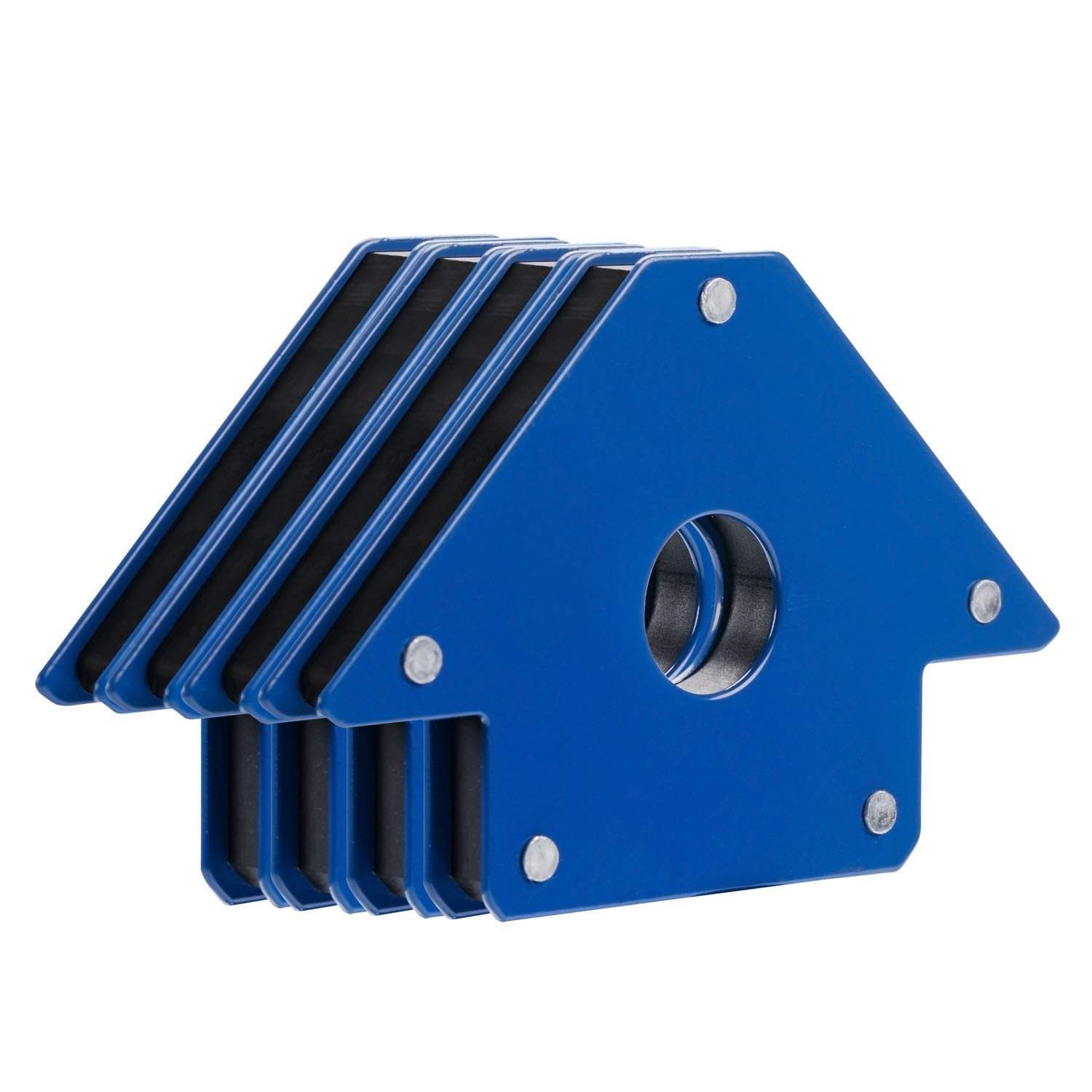Welding positioners play a crucial role in the world of welding, but have you ever wondered what their purpose actually is? These technological marvels are specifically designed to simplify and optimize the welding process by securely holding and rotating the workpiece. By allowing welders to work on a stationary piece while it rotates, welding positioners provide improved access and accuracy, resulting in faster and more efficient welding. So, let’s explore the purpose of these remarkable devices and unlock the secrets behind their integral role in the welding industry. A welding positioner serves the purpose of enhancing efficiency, ensuring weld quality, increasing operator safety, facilitating access to the workpiece, improving weld joint integrity, enhancing productivity, providing versatility in welding, reducing distortion and stress, increasing welding accuracy, and optimizing welding workflow. By utilizing a welding positioner, these benefits can be achieved, leading to improved welding processes and overall productivity.

Enhancing Welding Efficiency
Rotating the Workpiece
One of the key advantages of using a welding positioner is the ability to rotate the workpiece. This rotation allows for easy access to all sides of the workpiece, eliminating the need for manual repositioning during the welding process. With a welding positioner, we can efficiently complete multiple welds on various sides of the workpiece without wasting time on unnecessary movements. By streamlining the welding operation, we can increase efficiency and reduce time spent on repositioning.
Optimizing Welding Angles
Another aspect that contributes to enhanced welding efficiency is the ability to optimize welding angles with a welding positioner. By adjusting the positioner, we can achieve the ideal angles required for the welding process. This optimization ensures better weld quality and reduces the risk of defects caused by improper angles. It also allows for better visibility for the welder, promoting accuracy and overall efficiency.
Ensuring Weld Quality
Reducing Weld Defects
Weld defects can significantly impact the quality and integrity of the finished product. With a welding positioner, we can minimize the occurrence of weld defects. The steady and controlled rotation of the workpiece allows for consistent heat distribution during the welding process. This helps to prevent common defects such as porosity, insufficient fusion, and cracks. By reducing weld defects, we can ensure the structural integrity and reliability of the welds.
Improving Weld Consistency
Consistency is key to achieving high-quality welds. A welding positioner plays a vital role in improving weld consistency by providing controlled and repeatable motion. The steady rotation of the workpiece ensures that the welding parameters are uniformly applied, resulting in consistent welds. This consistency eliminates variations in weld quality and ensures that every joint meets the required standards. By improving weld consistency, we can enhance the overall quality of the welding process.
Increased Operator Safety
Minimizing Operator Fatigue
Welding can be physically demanding, especially when working on large or heavy workpieces. A welding positioner helps to minimize operator fatigue by alleviating the need for manual repositioning of the workpiece. Instead of moving the workpiece manually, the positioner allows the operator to focus solely on the welding process. This reduces the physical strain and fatigue associated with repetitive movements, leading to a safer and more comfortable working environment.
Reducing Welding Hazards
Welding poses various hazards to operators, including exposure to harmful fumes, intense heat, and radiation. A welding positioner can help to reduce these hazards by allowing the operator to maintain a safe distance from the welding arc. With the workpiece securely held and rotated by the positioner, the operator can position themselves at a safer distance without compromising the quality of the weld. By minimizing exposure to welding hazards, we can protect the operator’s health and well-being.
Facilitating Access
Easier Joint Accessibility
When working on complex or hard-to-reach joints, a welding positioner can be extremely beneficial. It allows us to position the workpiece in a way that provides easier access to every part of the joint. By rotating and tilting the workpiece, we can overcome obstacles and weld even the most challenging joint configurations. This easy accessibility ensures that no part of the joint is left unwelded, resulting in stronger and more reliable welds.
Enhanced Reach for Welding
In certain welding scenarios, reaching all areas of the workpiece manually can be difficult or even impossible. This is where a welding positioner comes in handy by extending the reach for welding. With the ability to rotate and tilt the workpiece, we can position it in such a way that enables us to reach every required welding location. This enhanced reach allows us to effectively weld areas that would otherwise be inaccessible, ensuring complete and thorough welding.
Improved Weld Joint Integrity
Better Fusion and Penetration
The integrity of a weld joint depends on the fusion and penetration of the weld. A welding positioner contributes to improved weld joint integrity by promoting better fusion and penetration. The controlled rotation and positioning of the workpiece ensure that the welding arc is evenly distributed, resulting in better heat transfer and fusion. This leads to stronger and more durable welds with improved joint integrity.
Reduced Risk of Incomplete Joint
Incomplete joints can compromise the structural integrity of a weld. A welding positioner reduces the risk of incomplete joints by providing optimal positioning for the welding process. With the ability to rotate and position the workpiece accurately, we can ensure that every part of the joint is adequately welded. This eliminates the possibility of incomplete welds and ensures a complete and reliable joint.
Enhancing Productivity
Reduced Welding Time
Time is a valuable resource in any welding operation, and a welding positioner can help to significantly reduce welding time. With the ability to rotate and position the workpiece efficiently, we can complete multiple welds without the need for manual repositioning. The streamlined process minimizes downtime and allows for continuous welding, resulting in faster completion of welding projects. By reducing welding time, we can enhance productivity and maximize efficiency.
Minimized Downtime
Downtime can hinder productivity and waste valuable resources. A welding positioner helps to minimize downtime by eliminating the need for manual repositioning of the workpiece. With the workpiece securely held and rotated by the positioner, the welding process can continue uninterrupted. This eliminates the time wasted on repositioning and ensures a continuous workflow. By minimizing downtime, we can optimize productivity and make the most of our resources.
Versatility in Welding
Supporting Different Welding Processes
A welding positioner offers versatility by supporting various welding processes. Whether it’s manual welding, automated welding, or robotic welding, a positioner can be adapted to accommodate different techniques. The ability to rotate and position the workpiece allows for flexible and efficient welding, regardless of the specific welding process being used. This versatility makes a welding positioner a valuable tool in any welding operation.
Accommodating Various Workpiece Sizes
Workpieces come in different shapes and sizes, and a welding positioner can accommodate this variety. From small components to large assemblies, a positioner can be adjusted to hold and rotate workpieces of different sizes. This adaptability ensures that every workpiece can be securely positioned for welding, regardless of its dimensions. By accommodating various workpiece sizes, a welding positioner allows for greater flexibility in welding operations.
Reducing Distortion and Stress
Mitigating Distortion
Distortion is a common issue in welding, especially when dealing with heat-sensitive materials or complex joint configurations. A welding positioner can help to mitigate distortion by evenly distributing heat during the welding process. The controlled rotation and positioning of the workpiece ensure that the heat is evenly applied, minimizing the risk of distortion in the welded structure. By reducing distortion, we can maintain the dimensional accuracy and integrity of the workpiece.
Reducing Residual Stress
Residual stress can affect the stability and longevity of a welded component. A welding positioner can contribute to reducing residual stress by facilitating better heat dissipation during the welding process. The controlled rotation and positioning of the workpiece allow for more uniform cooling, reducing the formation of residual stress. This leads to a more balanced and stable welded structure, ensuring the durability and reliability of the finished product.
Increasing Welding Accuracy
Precise Control Over Welding Parameters
Welding accuracy is crucial for achieving high-quality welds. A welding positioner provides precise control over welding parameters by allowing for accurate positioning of the workpiece. The ability to rotate and tilt the workpiece ensures that the welding arc is directed precisely where needed, resulting in accurate weld placement. This precise control over welding parameters enhances welding accuracy and promotes the production of consistent and reliable welds.
Consistent Joint Alignment
Proper joint alignment is essential for achieving strong and reliable welds. A welding positioner ensures consistent joint alignment by holding and rotating the workpiece in a controlled manner. This eliminates variations in joint alignment that can occur during manual repositioning. With a welding positioner, we can maintain consistent joint alignment throughout the welding process, resulting in welds with improved strength and integrity.
Optimizing Welding Workflow
Seamless Integration with Welding Equipment
A welding positioner can seamlessly integrate with other welding equipment, such as welding machines and robotic systems. This integration allows for a smooth workflow, with the positioner synchronizing its movements with the welding equipment. By working in harmony, the welding process becomes more efficient and streamlined. The seamless integration with welding equipment enhances the overall productivity and effectiveness of the welding operation.
Improved Efficiency in Welding Operations
Efficiency is crucial in every welding operation, and a welding positioner helps to improve efficiency. By eliminating the need for manual repositioning and providing precise control over welding parameters, a positioner enhances the overall efficiency of the welding process. The streamlined workflow, reduced downtime, and optimized welding times contribute to an efficient and productive operation. By maximizing efficiency, we can meet deadlines, optimize resources, and achieve better results.
In conclusion, a welding positioner offers numerous benefits in terms of enhancing welding efficiency, ensuring weld quality, increasing operator safety, facilitating access, improving weld joint integrity, enhancing productivity, providing versatility in welding, reducing distortion and stress, increasing welding accuracy, and optimizing welding workflow. By utilizing a welding positioner, we can improve various aspects of the welding process, resulting in improved productivity and quality. Whether it’s rotating the workpiece, reducing weld defects, or increasing operator safety, a welding positioner is an indispensable tool in the welding industry.



































